3D printing has gaining popularity in the recent years, and since a few years ago, Richmond Public Library has had ‘MakerBot Replicator 2’ stations available for patrons to use to create their own objects. This week, I had the opportunity to use the 3D printers for the first time to print a replacement part for a projector screen.
Backstory
Some time in March, one of these plastic caps popped off the projector screen we use for youth ministry at St. Francis Xavier Parish, and disappeared. It turns out that this small part (about 1cm in diameter), is a critical component for the proper functioning of the projector screen. Without this tiny cap, the locking mechanism for the vertical support does not provide enough force to keep the screen up.
A side lesson learned here is when shopping for projector screens, it is much better to have physical notches and metal components on the vertical support instead of relying on friction and dinky plastic caps.
Modeling the replacement
I was lucky in that I still had one of the caps and that both caps were of the same shape so I brought the remaining one home with me as a reference. I was also lucky that the shape of the cap was that of simple shapes: a cylindrical base, hexagonal prism on top, and a cylindrical hole in the center. I chose Tinkercad to draw the model because it is free and easy to use.
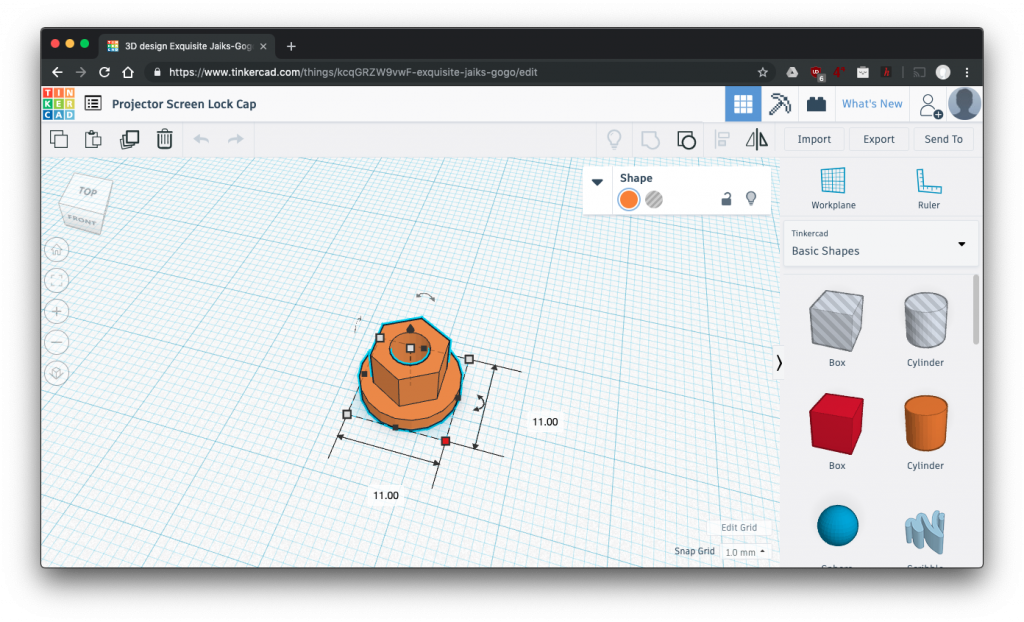
With the help of a ruler and the remaining cap, the entire modelling process took less than 30 minutes (most of that was probably going through the Tinkercad tutorial). I then exported the result as an .stl file, which I brought to the library for printing.
Printing at Richmond Public Library
I joined a 3D Printing Orientation at the Brighouse branch earlier in the week. All patrons who are wanting to use the 3D printers are required to go through an hour-long orientation to learn about some basic software, print settings and the library’s 3D printing procedures and policies.
At the library, using one of the iMac stations, I loaded the .stl file into the MakerBot program for the staff to check over the settings and print time.
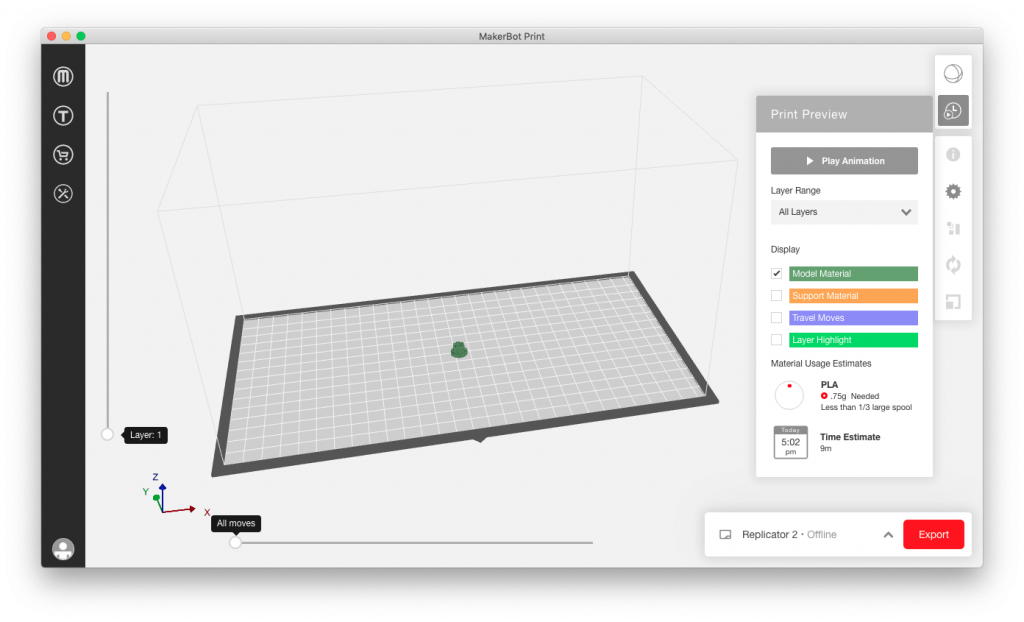
The staff then loaded the printer-specific file onto an SD card, and brought it to the printer, loaded the red coloured filament I requested, and started the printing process.
After about 15 minutes, the machine finished the print. It cost a total of $2.20: $2.00 for the timeslot (fixed blocks of 1.5 hours) and $0.20 for the filament material.
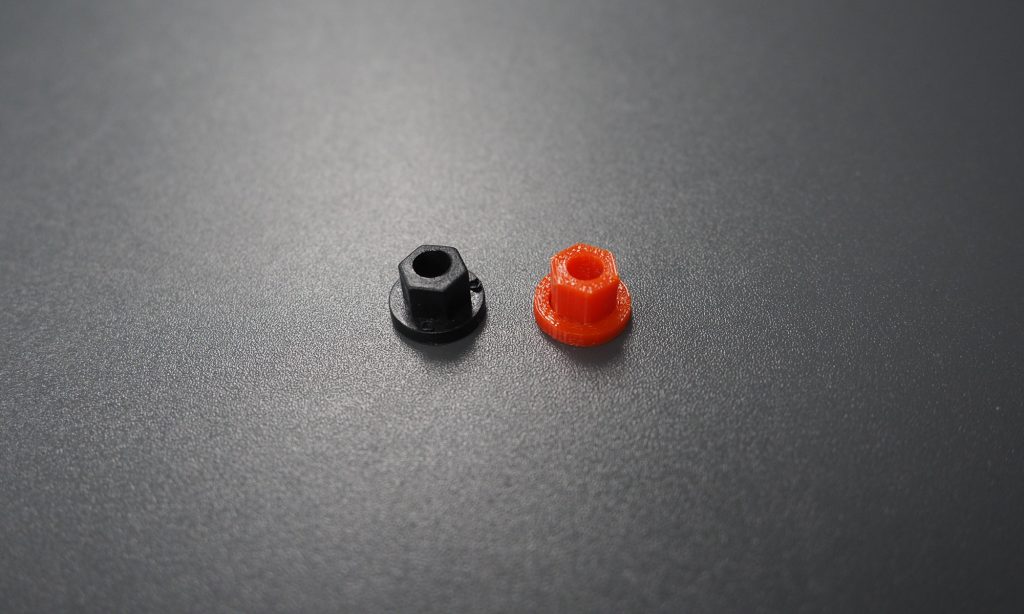
Installation
I originally was worried the hole might have been a little bit too small since it looked a bit smaller than the original, but it fit just right.
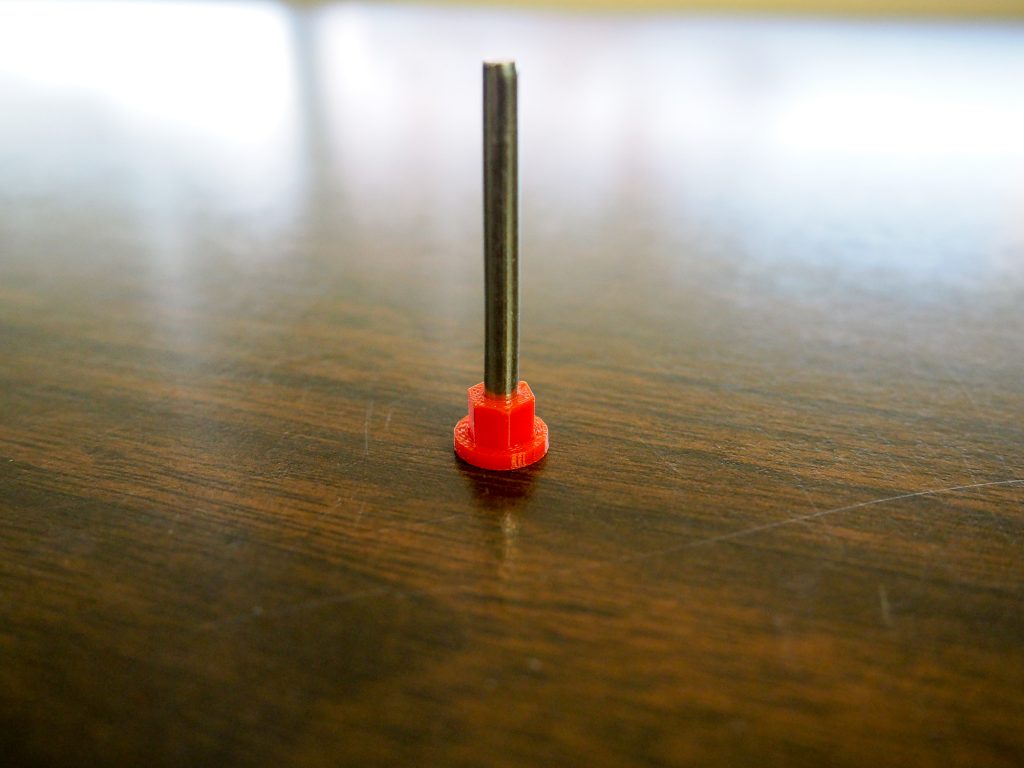
Putting it all together, everything fit perfectly. And the screen is now once again in working order.
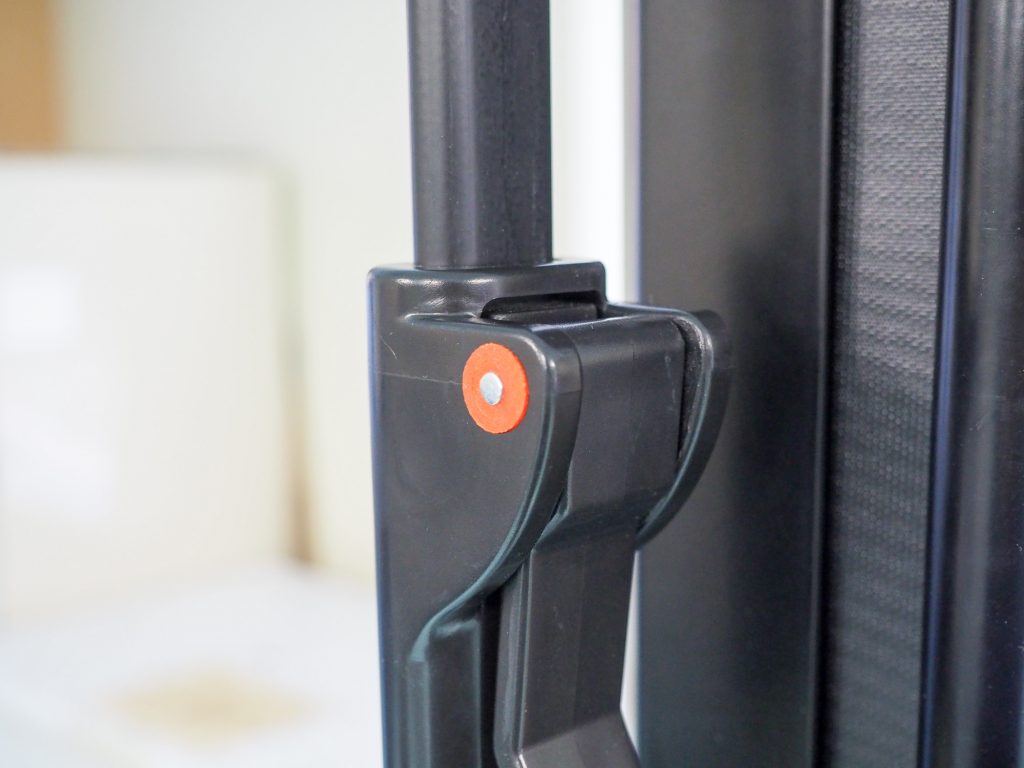
Conclusion
For $2.20, this was a cost-effective way to make a replacement for a simple part. I have no idea what the proper keywords are to find a replacement part online (what would you call this thing?). Even if ordering a replacement part was possible, it would probably come out more expensive and take longer to arrive.
The only test now is to see how durable the material is, as it does have to sustain some force for the locking capability. I did specify a 100% infill (should be solid inside), so hopefully it holds up.

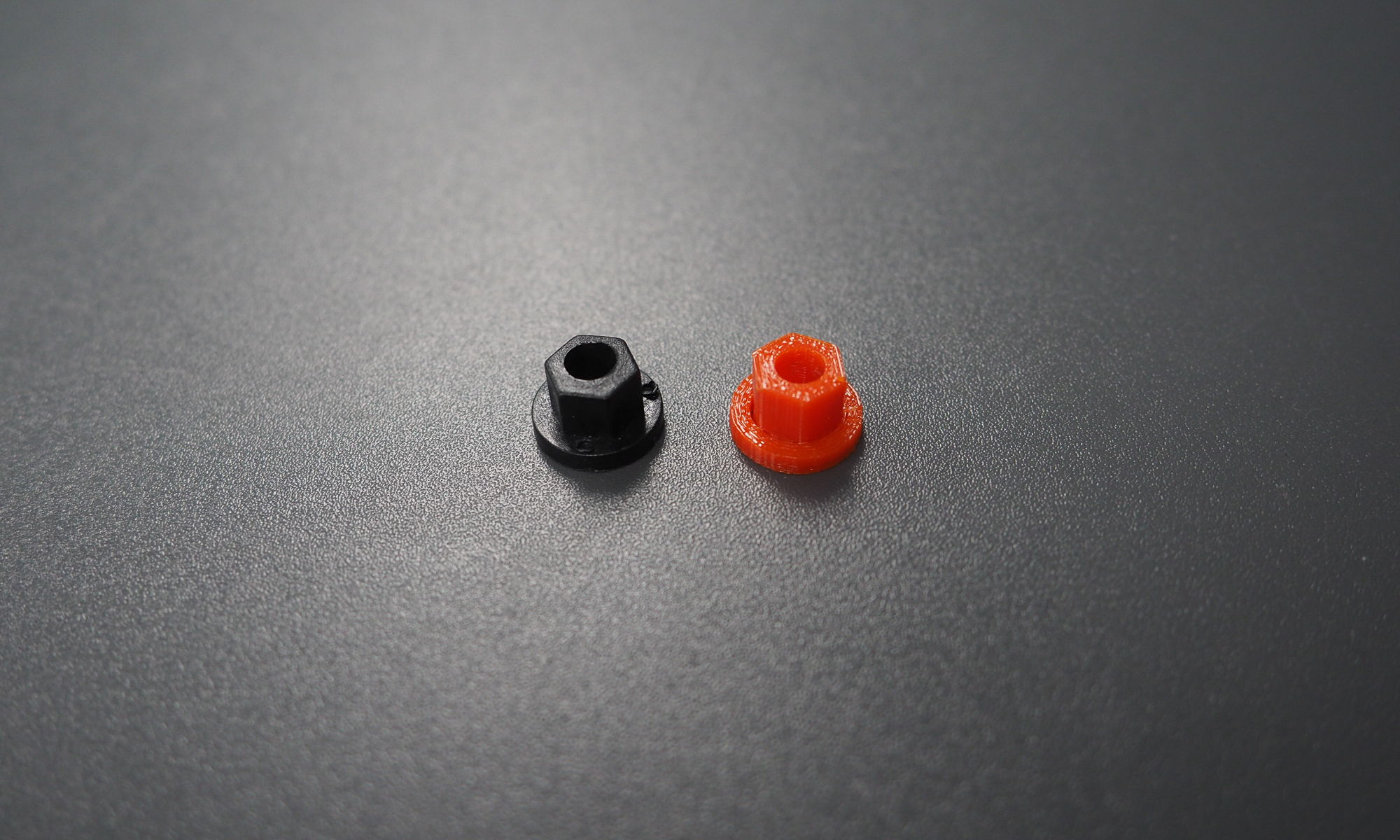
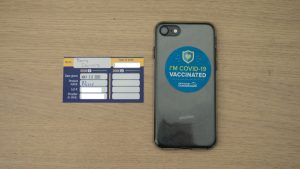
Awesome! It never ceases to amaze me how the public library system provides great service and learning opportunities. Thanks for the interesting reminder.
Kudos to you, Dennis.